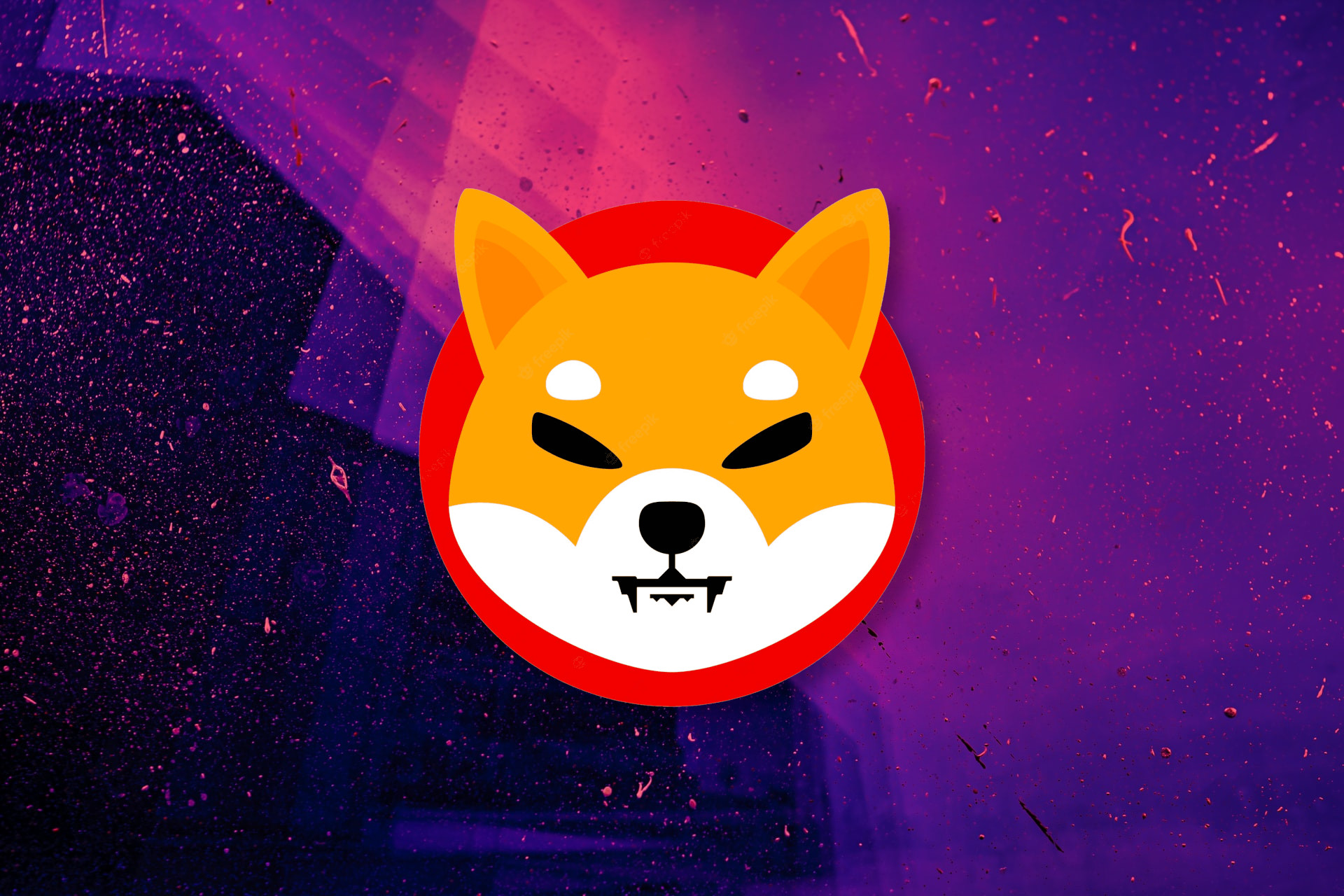Shibarium is a long-awaited layer 2 protocol that is expected to drastically reduce transaction costs and increase transaction speeds in the Shiba Inu ecosystem. First announced in 2021, Shibarium is currently in the test phase of its development.
In addition to lowering transaction costs and moving away from congestion on the Ethereum chain, Shibarium will feature a burning mechanism that will destroy SHIB tokens as a part of every transaction taking palace on Shibarium. The deflationary pressure could have a major impact on the price of the Shiba Inu coin, especially if the layer 2 solution becomes popular.
In this article, we are going to explain what Shibarium is, how it works, what’s its release date, and more.
What is Shibarium?
Shibarium is a layer-2 solution for the Shiba Inu ecosystem that aims to increase transaction speed and lower costs. It was first proposed by Ryoshi, the anonymous creator of Shiba Inu, as a way to achieve true decentralization and reduce reliance on the Ethereum network.
Shibarium will use BONE as its primary gas token, which is the governance token of the Shiba Inu ecosystem. Shibarium will also feature a simple and effective SHIB burning mechanism, which will reduce the supply of SHIB over time and increase its value.
Shibarium is currently in its testnet phase, which is called PuppyNet. Shibarium is expected to enable new features and services for the Shiba Inu ecosystem, such as NFTs, games, and metaverse applications.
How does Shibarium work?
Shibarium is a layer-2 network that runs on top of Ethereum. Once it is launched on the mainnet, it will process most of the transactions involving SHIB and other tokens in the Shiba Inu ecosystem, which will lower the network congestion on Ethereum. Shibarium will still be connected to Ethereum, so SHIB holders can enjoy the benefits of Ethereum’s huge DeFi ecosystem.

Shibarium will burn SHIB tokens for every transaction, which will reduce the amount of Shiba Inu tokens in circulation. Some believe this could increase the value of Shiba Inu coins considerably and make the token far more scarce through deflationary economics. While deflation will play a huge role once Shibarium rolls out, the likelihood of Shiba Inu reaching $1 seems a bit difficult.
Without going into technical details, layer 2 solutions (like Arbitrum and Polygon, for example) use the strong infrastructure of their base layer 1 blockchain to ensure security, but use methods like rollups or transaction channels to offer users faster and cheaper transactions – the same goes for Shibarium.
What is the Shibarium release date?
The release date of Shibarium has not been announced yet, but it is expected to launch sometime in 2023. It is worth noting that Shibarium is currently in the testing phase, with the team trying to iron out any potential design flaws and identify and remove any bugs.
Shibarium was initially planned to release in 2022, but the team is taking a very conservative approach, trying to release the Shibarium mainnet only after the rigorous testing phase is complete.
The bottom line: Shibarium could revitalize the Shiba Inu ecosystem
One of the things to look forward to once Shibarium rolls out on the mainnet is the fact that a variety of projects in the Shiba Inu ecosystem, like Shib Metaverse and Shiboshis NFTs, could attract way more users. The reason for this is that the high cost of transactions, not to mention slow speed, is one of the prohibitive factors when it comes to demanding decentralized applications on Ethereum. Shibarium could alleviate that congestion and enable the Shiba Inu ecosystem to grow without technical limitations holding it back.
Hopefully, we will see Shibarium roll out sometime in the near future. However, the development could take months, and we might not see Shibarium in effect until late 2023. If you want to learn more about Shiba Inu’s main competitor, Dogecoin, in the meantime, find out if Dogecoin is dead or not.

